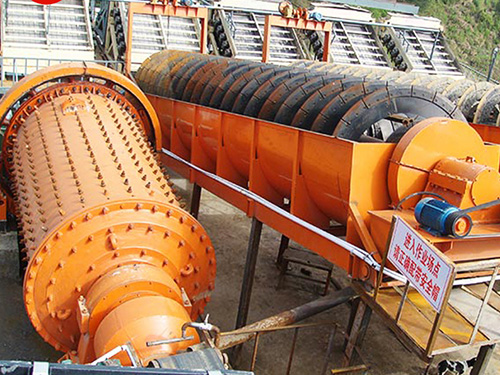
In the mining industry, grinding mills play a crucial role in reducing ore particle size for mineral extraction. Two of the most common types are ball mills and rod mills, which share similarities but have distinct differences in design and operation. Understanding these differences helps mining operations select the right equipment for their specific needs, optimizing efficiency and productivity.
Key Design Differences Between Ball Mills and Rod Mills
The fundamental difference between a ball mill machine and a rod mill lies in their grinding media:
Ball mills use steel balls as grinding media
Rod mills employ long steel rods for grinding
This distinction in grinding media leads to several operational differences. Ball mill equipment typically has a higher capacity and finer grinding capability, while rod mills offer more selective grinding with less particle over-reduction.
The cylinder proportions also differ significantly:
Ball mill machines generally have a length-to-diameter ratio of 1-1.5:1
Rod mills typically feature a ratio of 1.5-2.5:1
Grinding Mechanisms Compared
The grinding action in these mills varies considerably:
In a ball mill plant, the grinding occurs primarily through:
Impact when balls drop from near the top of the shell
Attrition between particles and balls
Compression as balls roll over particles
Rod mills, conversely, produce grinding through:
Line contact between parallel rods
Rolling action that creates preferential size reduction
More even size distribution with less fines production
This makes rod mills particularly suitable for brittle materials that benefit from this grinding approach.
Performance and Application Differences
When comparing ball mill vs rod mill performance:
Ball mill grinding excels at:
-Producing very fine product (down to 100 mesh or finer)
-Handling high-capacity requirements
-Processing hard, abrasive materials
Rod mill grinding performs better for:
-Coarser product (typically 4-10 mesh)
-Avoiding over-grinding of material
-Processing softer ores
The ball mill operation typically consumes more energy per ton of product but can achieve finer sizes. Rod mills often provide better control over particle size distribution.
Maintenance and Operational Considerations
Maintenance requirements differ between these mills:
Ball mill maintenance typically involves:
More frequent liner replacement
Regular ball charge replenishment
Higher energy consumption
Rod mill maintenance includes:
Rod replacement (though less frequent than ball replacement)
Less liner wear
Lower energy use per ton in suitable applications
Operationally, ball mill manufacturers often recommend their equipment for fine grinding circuits, while rod mills work well in primary grinding stages or when producing coarser products.
Cost Comparison and Selection Criteria
When choosing between a ball mill price and rod mill investment, consider:
Ball mill costs: Higher initial cost but greater flexibility
Rod mill costs: Lower operating costs for suitable applications
Throughput requirements
Desired product fineness
Ore characteristics (hardness, abrasiveness)
Many modern mineral processing plants use ball mills for their versatility, though rod mills remain valuable for specific applications where their grinding characteristics prove advantageous.
Choosing the Right Mill for Your Operation
Understanding the difference between ball mills and rod mills enables better equipment selection for mining operations. While ball mill suppliers often promote their equipment's versatility, rod mills maintain important niches in mineral processing. The choice ultimately depends on your specific ore characteristics, desired product size, and operational priorities.
For operations requiring fine grinding, ball mill technology generally provides the best solution. For coarser grinding with less over-reduction, rod mills may be preferable. Consulting with experienced mining equipment manufacturers can help determine the optimal solution for your particular application.
Both ball mill and rod mill technologies continue to evolve, with improvements in materials, design, and control systems enhancing their efficiency and reliability in mineral processing applications worldwide.







